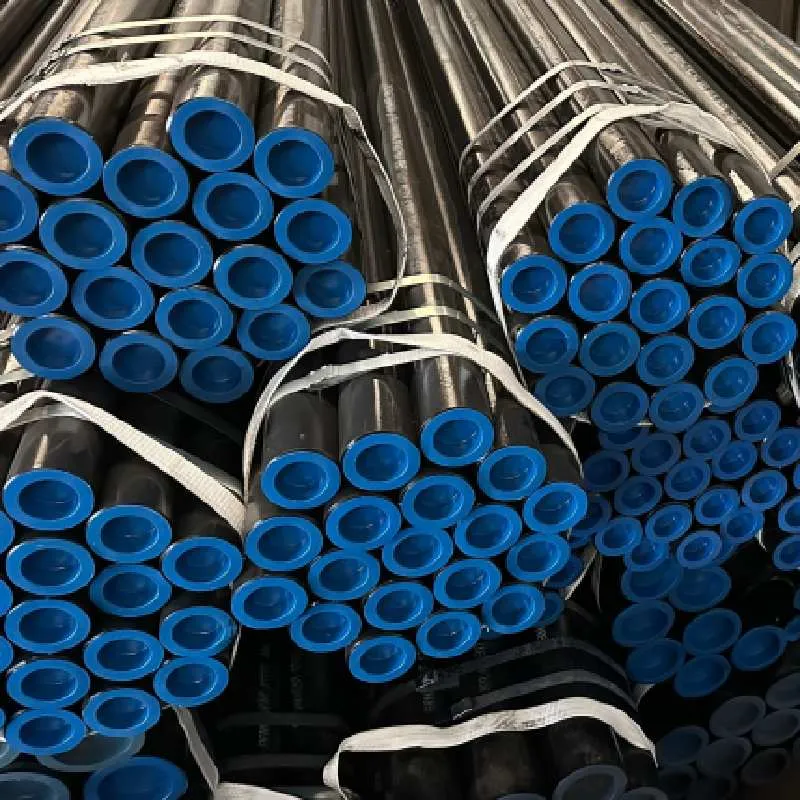-
Cangzhou Yulong Steel Co., Ltd.
-
Phone:
+86 13303177267 -
Email:
admin@ylsteelfittings.com
- English
- Arabic
- Italian
- Spanish
- Portuguese
- German
- kazakh
- Persian
- Greek
- French
- Russian
- Polish
- Thai
- Indonesian
- Vietnamese
- Zulu
- Korean
- Uzbek
- Hindi
- Serbian
- Malay
- Ukrainian
- Gujarati
- Haitian Creole
- hausa
- hawaiian
- Hebrew
- Miao
- Hungarian
- Icelandic
- igbo
- irish
- Japanese
- Javanese
- Kannada
- Khmer
- Rwandese
- Afrikaans
- Albanian
- Amharic
- Armenian
- Azerbaijani
- Basque
- Belarusian
- Bengali
- Bosnian
- Bulgarian
- Catalan
- Cebuano
- China
- China (Taiwan)
- Corsican
- Croatian
- Czech
- Danish
- Esperanto
- Estonian
- Finnish
- Frisian
- Galician
- Georgian
- Kurdish
- Kyrgyz
- Lao
- Latin
- Latvian
- Lithuanian
- Luxembourgish
- Macedonian
- Malgashi
- Malayalam
- Maltese
- Maori
- Marathi
- Mongolian
- Myanmar
- Nepali
- Norwegian
- Norwegian
- Occitan
- Pashto
- Dutch
- Punjabi
- Romanian
- Samoan
- Scottish Gaelic
- Sesotho
- Shona
- Sindhi
- Sinhala
- Slovak
- Slovenian
- Somali
- Sundanese
- Swahili
- Swedish
- Tagalog
- Tajik
- Tamil
- Tatar
- Telugu
- Turkish
- Turkmen
- Urdu
- Uighur
- Welsh
- Bantu
- Yiddish
- Yoruba

Dec . 05, 2024 18:08 Back to list
Understanding Internal Rust Formation in Galvanized Pipes and Prevention Methods
Understanding Galvanized Pipe Rusting Inside Causes, Effects, and Solutions
Galvanized pipes, commonly used in plumbing systems, are known for their corrosion resistance due to a protective zinc coating. However, over time, these pipes can still succumb to rust and corrosion, particularly on the interior surfaces. Understanding the factors that lead to the rusting of galvanized pipes inside is essential for homeowners and plumbing professionals alike, as it can result in significant problems such as water quality issues, reduced water pressure, and costly repairs.
Causes of Rusting in Galvanized Pipes
1. Age of the Pipes Galvanized pipes have a finite lifespan. While the zinc coating provides a barrier against rust, this coating can wear down over time due to various factors, including water flow, pressure, and temperature changes. Once the zinc is compromised, the underlying steel becomes exposed and is vulnerable to corrosion.
2. Water Quality The composition of the water that flows through galvanized pipes greatly influences their longevity. Hard water, which contains high levels of minerals such as calcium and magnesium, can contribute to the buildup of scale and deposits on the interior walls. This buildup can create an environment conducive to rust formation, especially if the water is slightly acidic.
3. Moisture and Oxygen Rusting is fundamentally an oxidation process that requires moisture and oxygen. Even slight amounts of moisture inside the pipes can lead to corrosion. If the water is stagnant, it can exacerbate the problem, as stagnant water allows bacteria and corrosive agents to accumulate.
4. Chemical Reactions The interaction between the zinc coating and the water can lead to galvanic corrosion if dissimilar metals are present in the plumbing system. This can accelerate the degradation of the zinc coating and unveil the steel beneath, making it susceptible to rusting.
Effects of Rusting Inside Galvanized Pipes
The rusting of galvanized pipes has several detrimental effects
- Water Quality Issues Rust can leach into the water supply, resulting in discolored, muddy water that may have a metallic taste or smell. This contamination can lead to health concerns for occupants using the compromised water for drinking or cooking.
galvanized pipe rusting inside

- Reduced Water Flow Rust buildup can create obstructions within the pipes, leading to reduced water pressure and slower flow rates. Homeowners may notice diminished water pressure in faucets and appliances, making everyday tasks cumbersome.
- Leaking and Damage Over time, rust can eat through the walls of the pipes, leading to leaks. Not only does this cause water damage in the surrounding area, but it can also lead to mold growth, structural damage, and costly repairs.
Solutions and Preventative Measures
To mitigate the rusting of galvanized pipes, homeowners can take several approaches
1. Pipe Replacement In many cases, the most effective solution is to replace old galvanized pipes with modern alternatives, such as PVC, PEX, or copper. These materials offer better longevity and resistance to corrosion.
2. Water Treatment Installing a water softener can help to reduce the hardness of the water, thereby minimizing scale buildup within the pipes. Additionally, using a water treatment system to neutralize acidity can prevent corrosion.
3. Regular Inspections Conducting routine inspections of your plumbing system can help identify signs of rust or corrosion early. This proactive approach can prevent small issues from escalating into major problems.
4. Flush the System Regularly flushing the plumbing system can help minimize stagnant water and reduce the risk of rust formation. This is particularly important if the water supply is prone to low flow or stagnation.
Conclusion
While galvanized pipes are a durable option for plumbing, the potential for rusting inside these pipes is a reality that homeowners must acknowledge. Understanding the causes and effects of rust can empower homeowners to take preventative measures and address issues before they escalate. By being proactive in maintenance and considering alternatives, it is possible to maintain a safe and efficient plumbing system for years to come.
Latest news
-
ANSI 150P SS304 SO FLANGE
NewsFeb.14,2025
-
ASTM A333GR6 STEEL PIPE
NewsJan.20,2025
-
ANSI B16.5 WELDING NECK FLANGE
NewsJan.15,2026
-
ANSI B16.5 SLIP-ON FLANGE
NewsApr.19,2024
-
SABS 1123 FLANGE
NewsJan.15,2025
-
DIN86044 PLATE FLANGE
NewsApr.19,2024
-
DIN2527 BLIND FLANGE
NewsApr.12,2024
-
JIS B2311 Butt-Welding Fittings LR/SR 45°/90° /180°Seamless/Weld
NewsApr.23,2024











